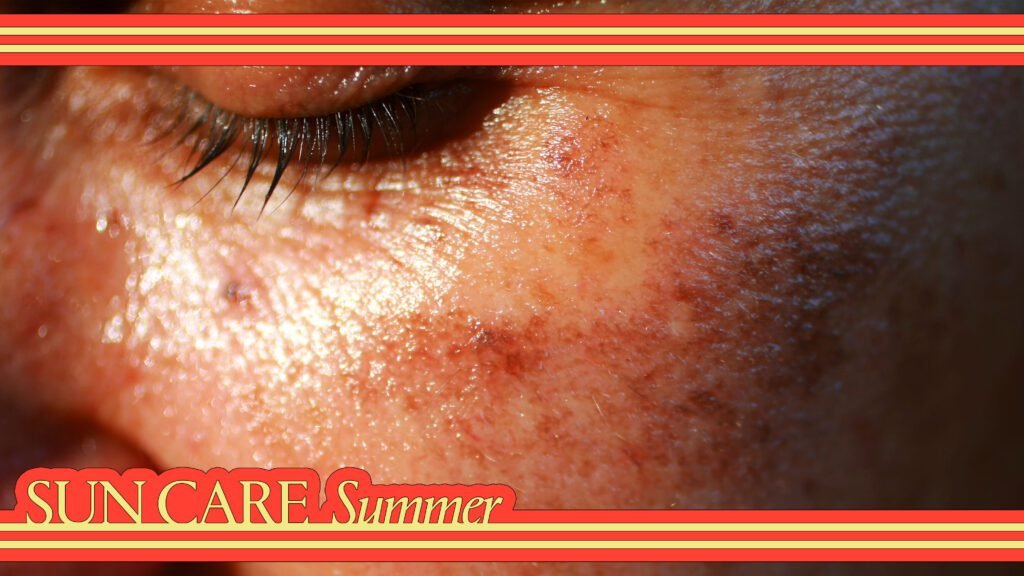Understanding Melasma: Causes, Treatments, and Prevention
Melasma, characterized by persistent skin hyperpigmentation, can be a frustrating concern for many. Often described as pesky and stubborn, this condition defies typical treatment methods and requires a strategic approach for effective management. Approximately 40% of the population grapples with melasma, making it essential to explore appropriate solutions. Let’s delve into this skin concern—its causes, its effects, and how to tackle it.
What is Melasma?
Melasma is a hormone-driven pigmentation disorder where melanocytes—cells responsible for skin color—overproduce melanin, leading to darker patches. This condition typically manifests as freckle-like, blotchy hyperpigmentation primarily on the face, presenting as brown patches in deeper skin tones and tan or beige in lighter complexions.
Causes of Melasma
Melasma’s onset is often triggered by various factors, including:
- Hormonal Changes: Commonly referred to as the "mask of pregnancy," melasma can arise from hormonal fluctuations during pregnancy, use of birth control, or IVF treatments.
- Sun Exposure: Ultraviolet (UV) rays stimulate excess melanin production, exacerbating melasma.
- Heat and Stress: Elevated temperatures and psychological stress can both trigger melasma flare-ups.
- Medications: Some prescription drugs can trigger or worsen melasma.
Expert Insight: Dr. Shereene Idriss explains that melasma isn’t triggered by a single factor but rather a “combination of triggers” affecting the skin.
Key Triggers You Could Be Overlooking
1. Skipping Sunscreen
Failure to wear sunscreen consistently can lead to intensified melasma. UVA and UVB exposure can stimulate melanocyte activity.
- Tip: Use physical sunscreens containing zinc oxide or titanium dioxide for optimal protection.
2. Heat Exposure
Activities that generate excessive heat like hot yoga or intense cardio can exacerbate melasma.
3. Product Overload
A complicated skincare regimen with too many products can irritate the skin, prompting increased melanin production.
4. Stress
Excessive stress releases cortisol, potentially leading to further melasma flares.
Practical Steps to Manage Melasma
To effectively manage melasma, maintain a tailored skincare routine that combines lifestyle changes and treatment options:
Lifestyle Adjustments
- Daily Sunscreen: Use a broad-spectrum sunscreen with iron oxide to prevent melasma from worsening.
- Physical Activities: Engage in non-heated workouts to reduce skin temperature.
- Stress Management: Incorporate relaxation techniques such as meditation or yoga.
Skincare Treatments
Prescription Treatments
- Topical Retinoids: Tretinoin can help accelerate cell turnover and reduce pigmentation.
- Hydroquinone: Often used in combination with tretinoin, it helps lighten dark spots.
- Tranexamic Acid: This oral medication can block melanin overproduction.
Over-the-Counter Options
- Vitamin C Serums: These can inhibit melanin production and protect against skin damage from UV and visible light. Look for products containing L-ascorbic acid for maximum efficacy.
- Azelaic Acid: Known for its anti-inflammatory properties, it blocks melanin production and gently exfoliates the skin.
Recommendation: Check out the BeautyStat Universal C Skin Refiner for a formulation rich in L-ascorbic acid.
In-Office Treatments
Consider professional options as part of your melasma management plan:
- Laser Treatments: Procedures like the Clear + Brilliant Permea laser target pigmentation without excessive heat.
- Picosecond Laser Toning: This method delivers ultra-short pulses to shatter melanin particles effectively.
The Final Word
Managing melasma is a continuous journey. A combination of robust sun protection, a focused skincare regimen, and regular consultations with a dermatologist ensures optimal results. While targeted treatments can significantly reduce the appearance of dark patches, it’s crucial to remain vigilant against triggers to maintain clear skin.
Additional Resources
For more information on effective skincare solutions and products, consider exploring:
Keep in mind that achieving the best results for melasma management requires a multifaceted approach. Engage with a dermatologist to tailor a routine that best suits your individual skin needs.


